Meet The All-In-1 Software
For
Made To Save You Time & Money
Boost revenue and simplify with our risk-free trial

United States
Owned and Operated
Leading Teams Grow With iTRUST
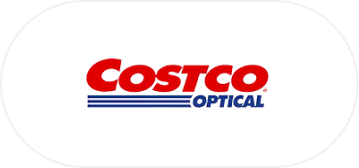
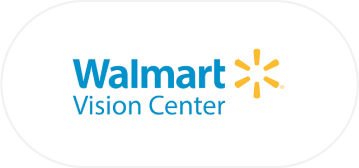
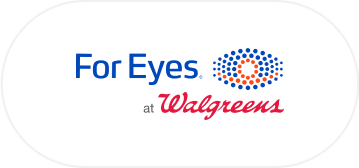
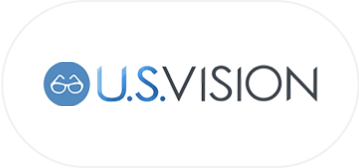
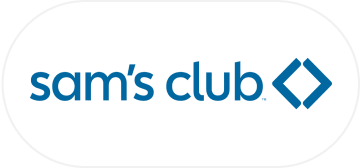
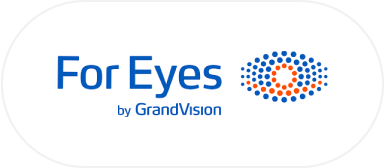

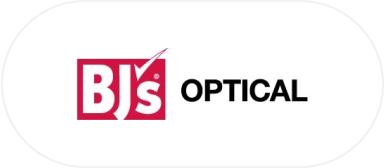
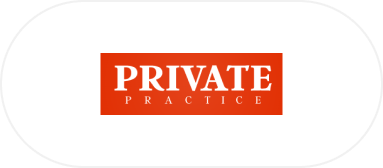
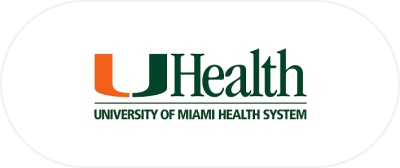
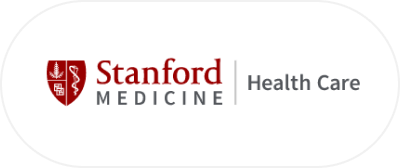

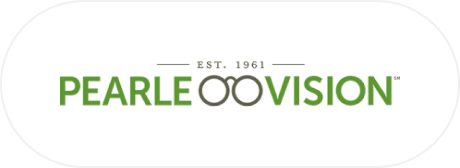

High Quality Integration Partners
Leverage our partnerships to give you the even more tools you need to grow your business and be successful.
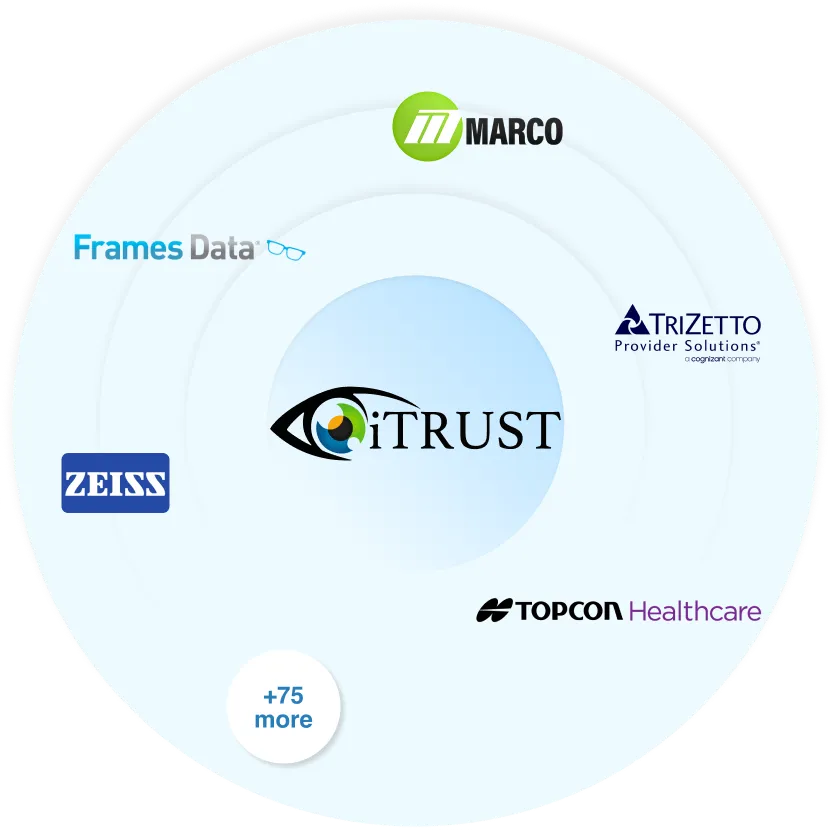
Features
Experience the latest technological innovations in eye care software
Our intuitive ordering and invoicing features are easy to learn and use for an optician or optical associate.
- Reduce your manual entry with our smart inventory tracking.
- Pre-fill exam final prescriptions to have an effective order workflow.
- Create customized lab orders to be sent directly to your optical laboratory.
- Save time to bill the patient and generate insurance claims all in one spot.
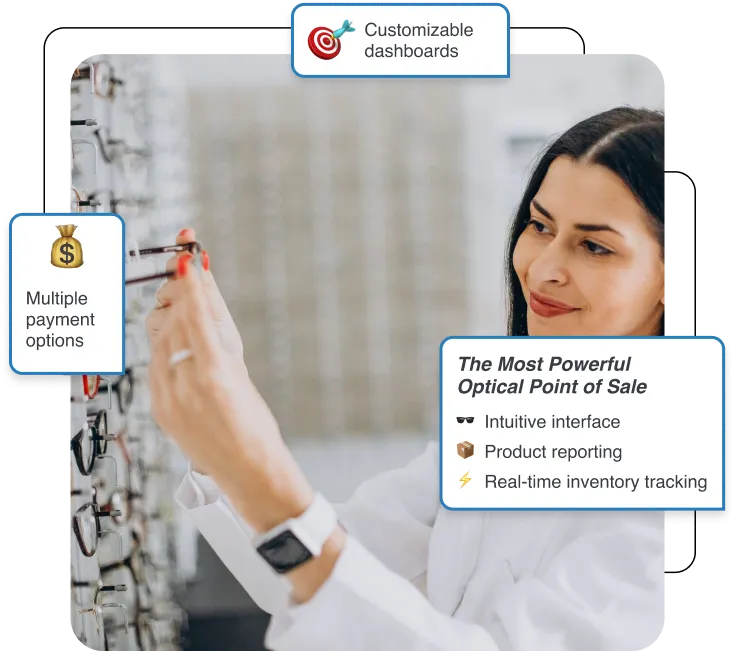
Save money with custom built exam templates in the cloud EHR that adapt to your requirements.
- Customized exam notes based on your workflows.
- Massive selection of optometry charting templates built by doctors like yours.
- Create timesaver workflows to finalize patient exams faster.
- All the exam data you need at a glance on the exam overview.
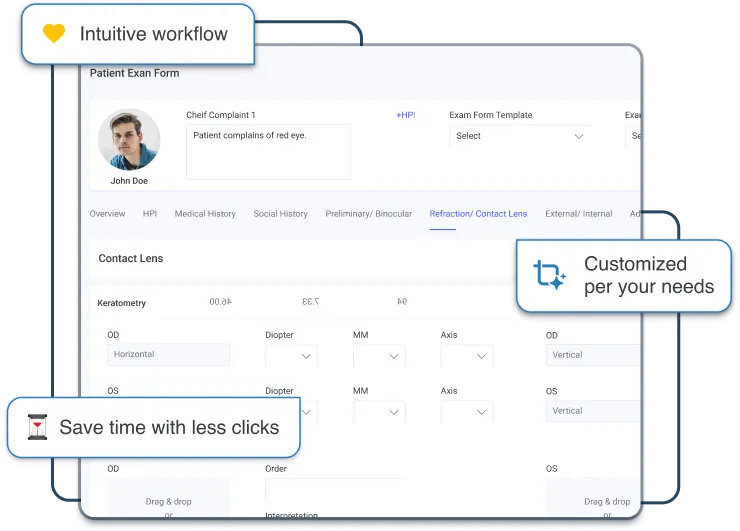
Leverage the power of direct communication to bring patient engagement to the next level.
- iTRUST's patient 2 way messaging enhances engagement, seamlessly connecting healthcare providers and patients.
- Elevate satisfaction with convenient, secure, and personalized interactions via iTRUST's messaging platform.
- Stay connected in real-time with timely updates and appointment reminders through iTRUST.
- Boost practice efficiency with iTRUST's patient-centric messaging solution.
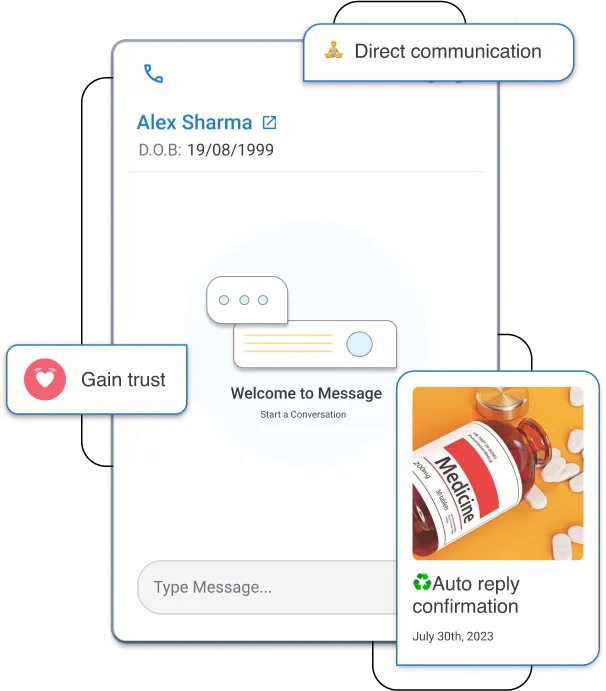
Improve customer engagement, loyalty, boasting revenue opportunities and creating brand differentiation.
- Keep customers engaged with timely reminders for eye exams and promotions, fostering repeat visits.
- Build trust and loyalty by offering a convenient automated recall system, showcasing your commitment to customer satisfaction.
- Strategically use auto recalls as a new opportunity for a returning patient to bring a family member.
- Stand out from competitors with this innovative approach reinforcing your brand's trustworthiness.

A proven way to market to your clients and make more profits.
- Boost your office visibility and harness the marketing blast feature to stand out in the eyecare market.
- Our targeted engagement will Maximize your marketing blast success.
- Strengthen your brand recognition when consistently using our marketing blasts to reinforce your brand identity.
- Use our proven Pro blast campaigns to quickly send to your clients.

Never miss a patient’s phone call with our VoIP phone system.
- Our Phone POP feature keeps your office up to speed on the patient with real time patient data.
- Get freedom from old legacy phone systems and traditional communication methods.
- Have your own dedicated business phone line using your current or new number.
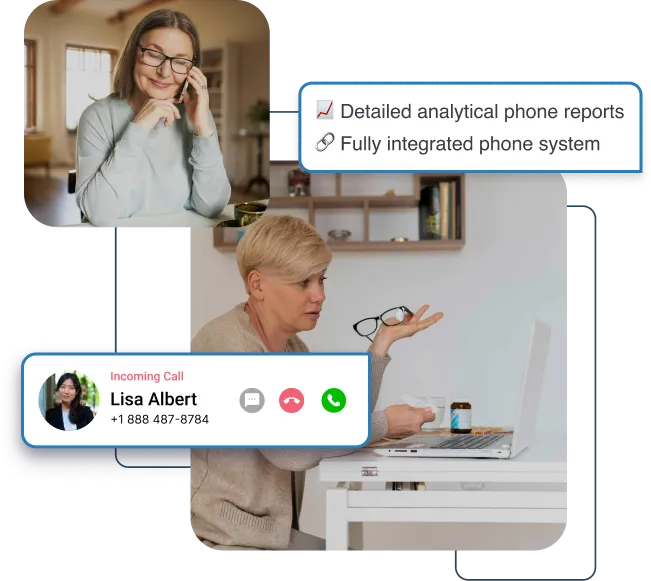
Accept payments and let patients pay anytime.
- A simple payment process, that will make your work flow efficient.
- Secure, fast, and trusted payment gateway to stay in compliance guidelines.
- Flexibility to pay by all major cards, Apple Pay, and Google Pay.
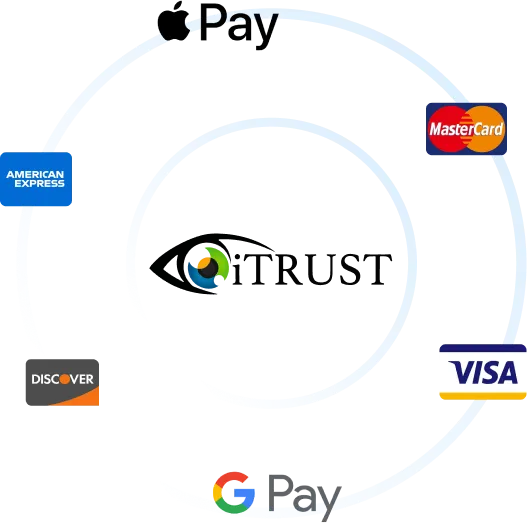
Unlock the power of iTRUST reporting to tracking gains and see opportunities to grow.
- Truly profitable insights that turn data into dollars by leveraging iTRUST KPI’s and analytics reports to identify opportunities for profit and growth.
- Get an efficiency boost in your operations with all the report features, enabling your team to accomplish more in less time.
- Maximize productivity and minimize time spent on administrative tasks when viewing clear robust reports.
- Impactful analytics that will directly contribute to the financial health of your optical and eyecare practice.
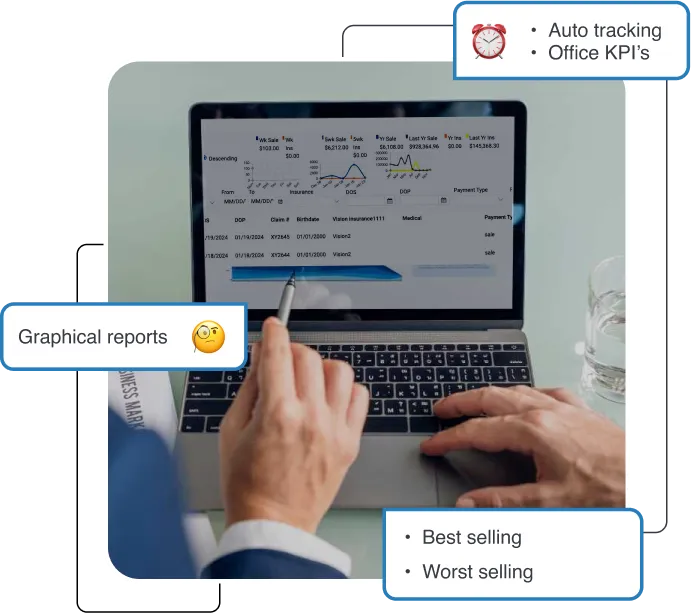
Say goodbye to manual work during the billing process and gain valuable insurance insights.
- With our unique offer you have flexibility to Submit either vision or medical claims.
- Outsource all your office billing to managed all your claims anyplace anytime.
- Interactive reporting tables to track and manage all your insurance balances.
- Stay in compliance with our auto coding and pre claim validation features.
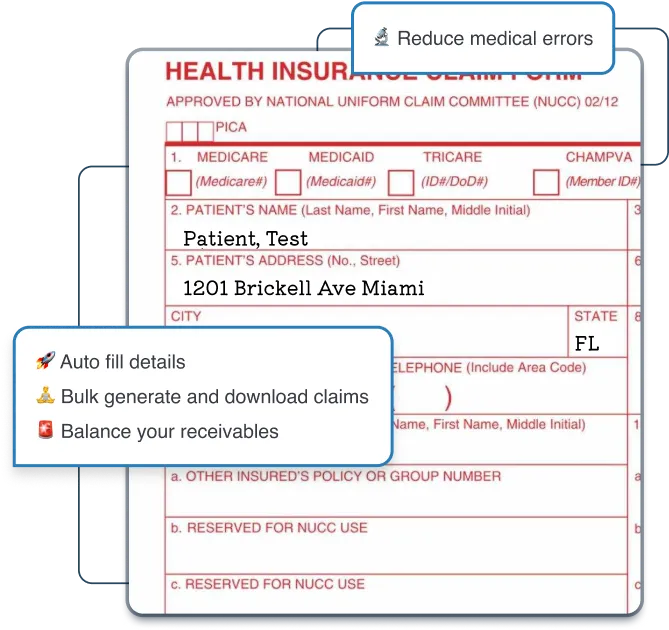
Seamlessly create, send and manage all patients’ prescriptions.
- Transmit RXs to any valid e-Prescribing pharmacy and lab in the world.
- Realtime database updating to ensure the most accurate codes and medications.
- Auto coding to save physicians time with reducing medical errors.
- Easy access to previous prescriptions to gain insights on sequential prescribing patient management. Learn more about e-Prescribing
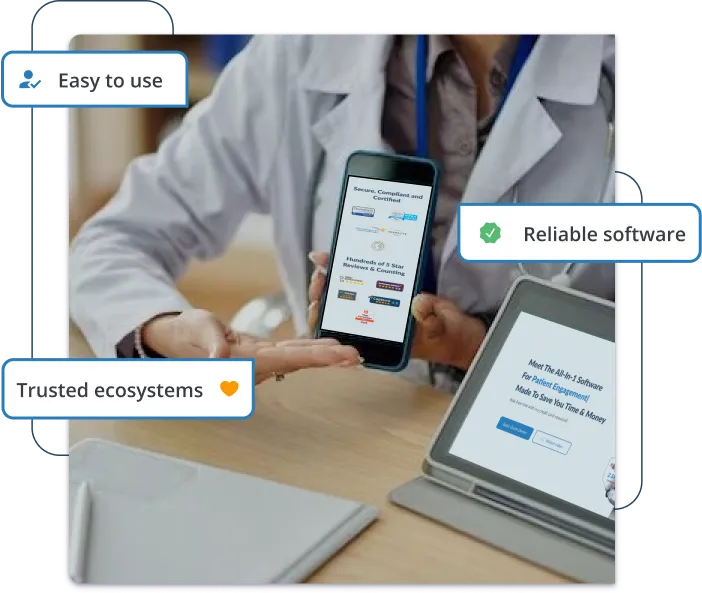
Easily submit digital insurance claims directly in iTRUST with no additional third party.
- Add on iTRUST EDI Clearinghouse to your service to make claim submission efficient.
- Secure digital claim submission to any of your vision or medical insurances payers.
- Set up submission schedules to automatically submit your claims.
- Free staff time from dealing with claim submission and submission redundant tasks.

Software that will automatically make your clients happier and more likely to refer.
- Enhanced patient experiences proven to improve patient satisfaction with streamlined communication and better access to information.
- More efficient communication minimising missed appointments and improving office operations.
- Increased patient engagement for higher retention rates.
- Get more satisfied patients that will share their positive experiences online.

Have better patient communication and retention with our efficient appointment book.
- Send automated appointment text / email messages
- Easily see your day in a glance with color coded exam procedures
- Reschedule appointments with drag and drop and in 1 click
- Clearly navigate multiple doctors or single doctor appointments
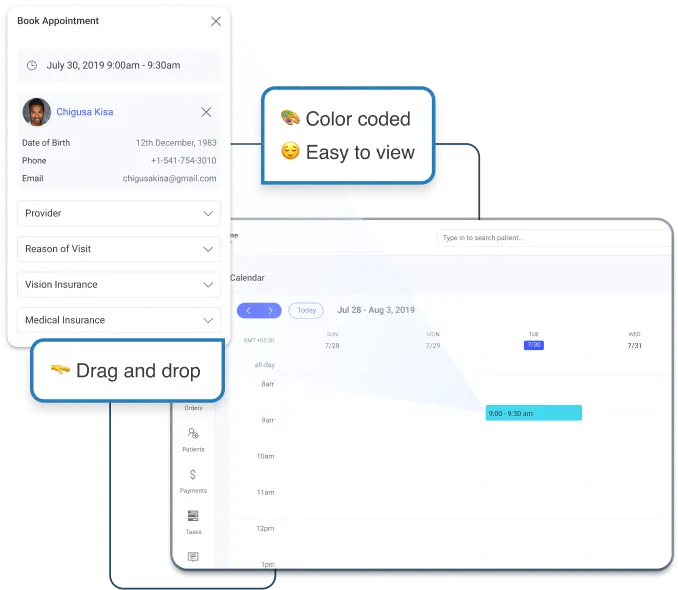
Expand your practices boundaries and go globe with our telehealth software.
- Perform at home patient visits and generate more revenue.
- Securely save all telemed exam documents and stay in compliance.
- Save your patients time and money and reduce travel and chair time.
- Streamline your office with no additional cost to use our innovated telemed platform.

Elevate Your Practice with a Customised, HIPAA - Secure Website for Seamless Patient Online Booking.
- Select from our iTRUST website template collection or transfer your existing website seamlessly.
- Streamline your practice with our online appointment booking system, offering convenience for both patients and staff.
- Rest assured knowing your website data is safeguarded on our compliant secure servers.
- Liberate yourself from lengthy commitments and monthly fees imposed by competing vendors.

More Leads, Less Effort - Elevate Your Practice with Proven Digital Marketing
- Hire Team iTRUST to manage your social media presence on platforms like Facebook, LinkedIn & Google. Our experts create tailored campaigns that boost engagement, grow followers & drive results while you focus on patient care.
- Team iTRUST boosts your local search rankings, connecting you with nearby patients. We handle listings, keywords and content strategies to keep you visible.
- Our experts focus on SERP strategies to help your practice rank higher on Google. Team iTRUST uses proven techniques to drive quality traffic.
- Team iTRUST applies best practice for lasting growth. From content creation to perform tracking, we manage it all for a strong online presence.

iTRUST's A.I. automates healthcare exams, treatments, and diagnoses with text and voice.
-
Auto Suggestions of Exam Findings.
Streamlines documentation by offering automated suggestions for exam findings based on patient data. -
AI Auto Reply to Patient Text Messages.
Improves patient communication by enabling automatic responses to text messages, offering information and addressing common queries. -
AI Auto Reply to Patient Voice Calls.
Enhances accessibility and efficiency by automating responses to patient voice calls.
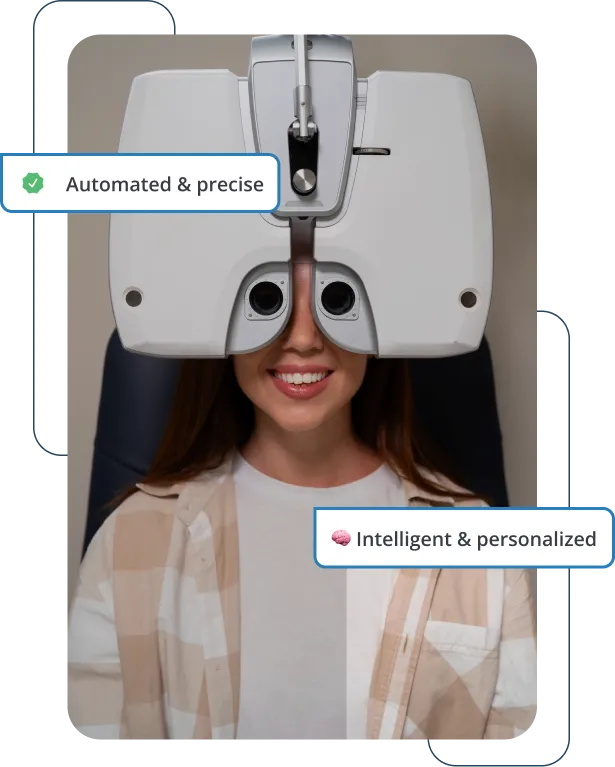
Explore Our YouTube Channel
Join Our Community on YouTube
Subscribe NowTestimonials
Check out what our customers are saying about their experience with our software.
52 Tracks
Secure, Compliant And Certified
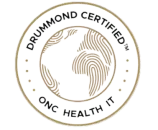
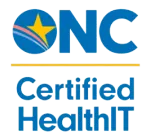

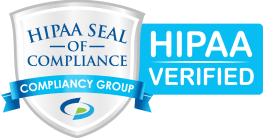
Hundreds Of 5 Star Reviews & Counting

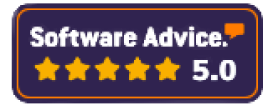



Free And Easy To Switch From Your Old System
Our IT team will migrate and preserve your patient data from your legacy software quickly making the onboarding easy.
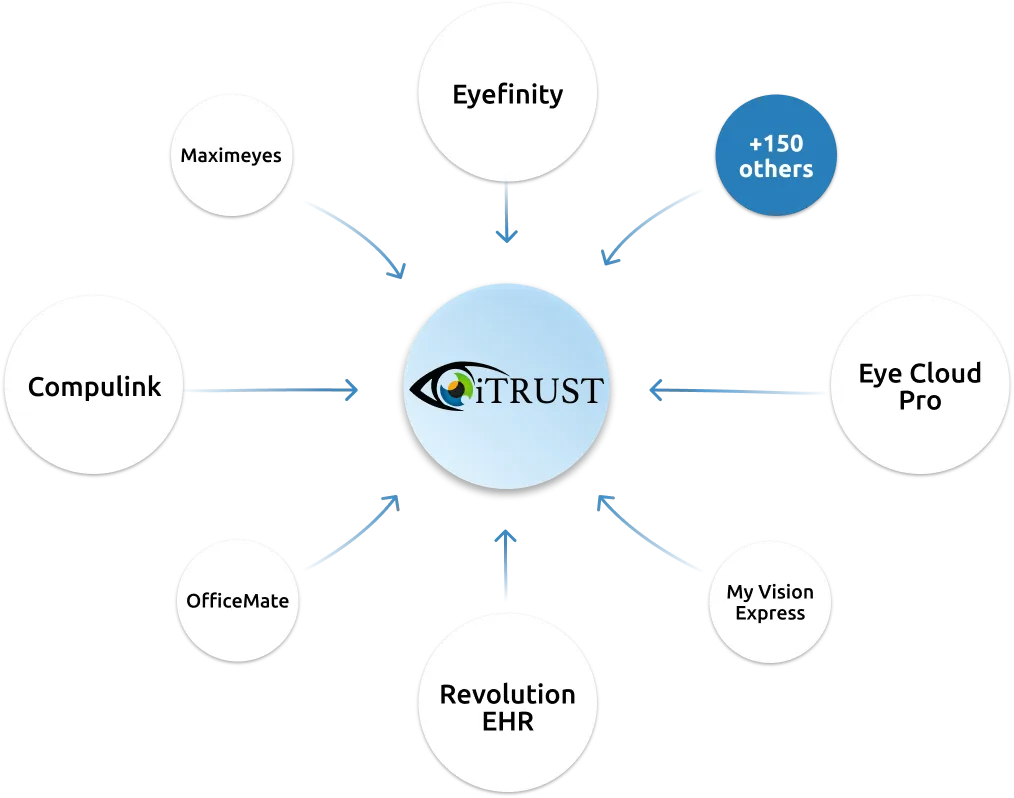
Quick Look Inside
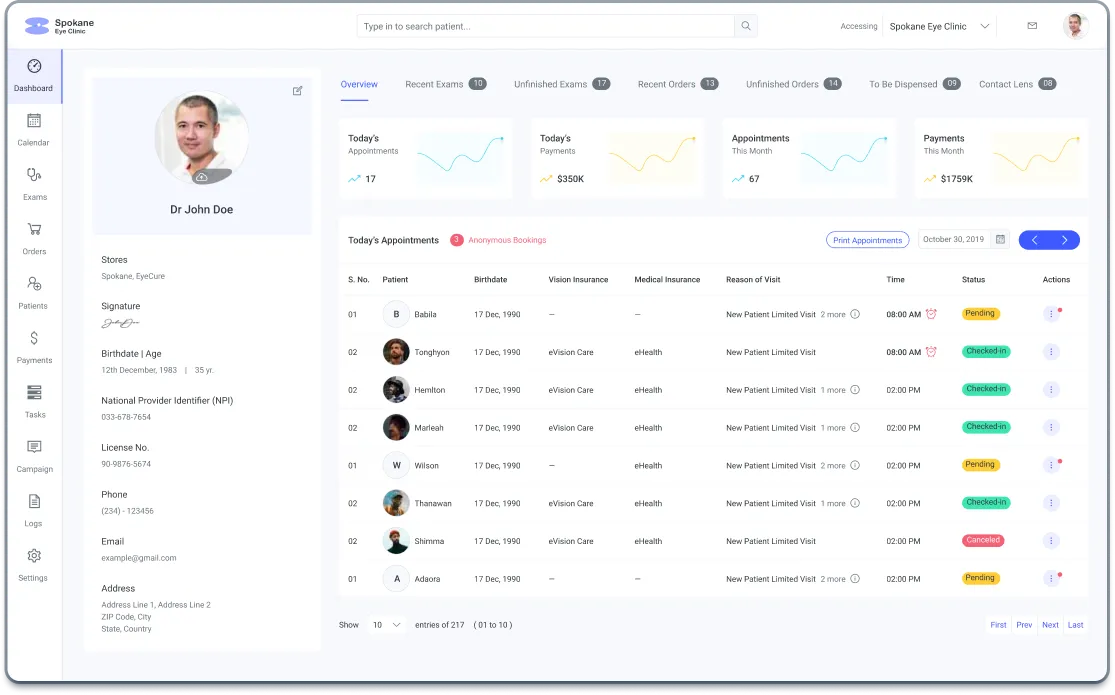
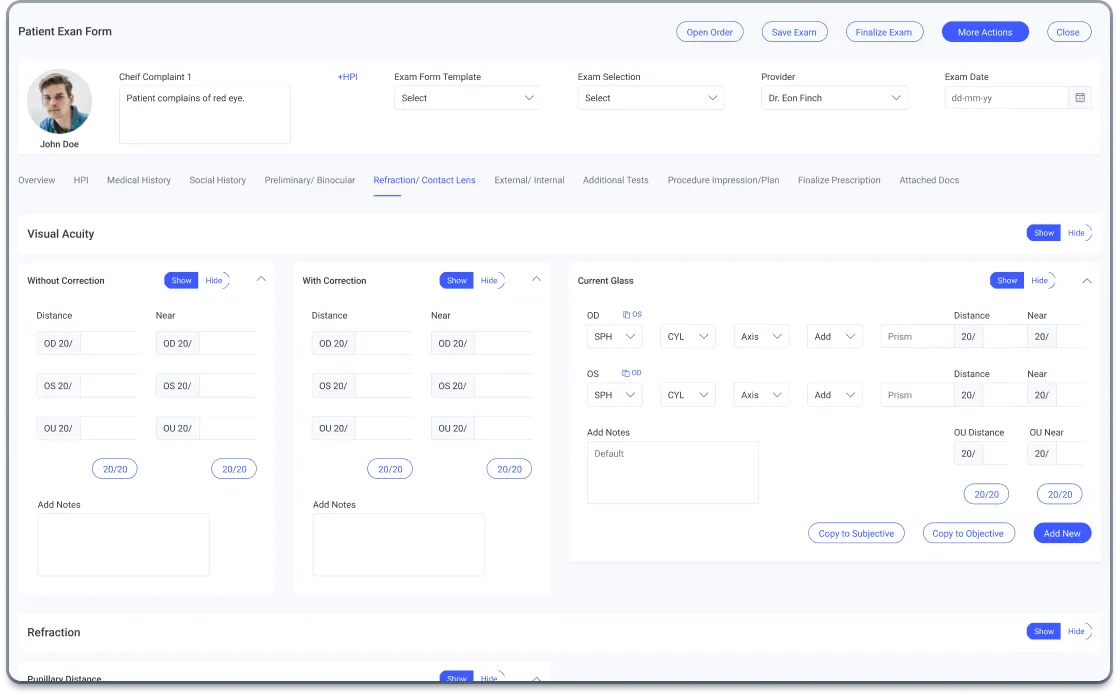
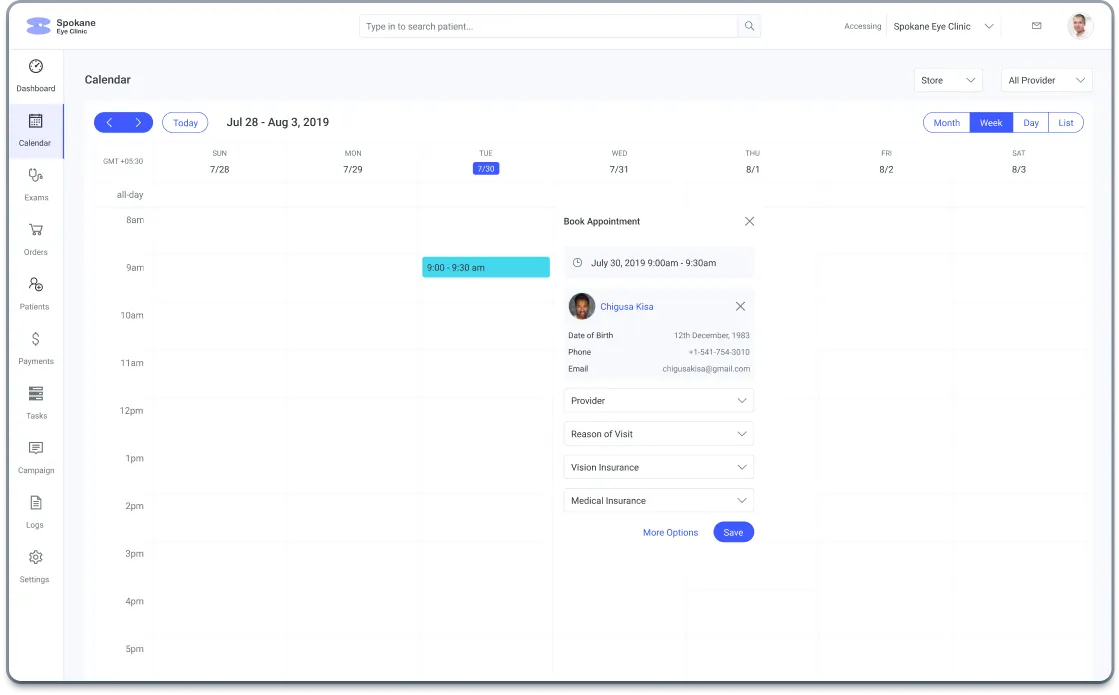
Direct Eye Care Provider Feedback
Stay On The Cutting Edge Of Technology In The Cloud
iTRUST gives you access to Amazon.com web services and Microsoft Azure; the most secure HIPAA compliant data servers.
- Never download any software and always be up to date with the latest features.
- Peace of mind to never manage data, and that your data is backed up daily at multiple locations
- We are always ensuring our data storage and security are tested and measured regularly.
- HIPAA complaint and certified to only ensure the best safety of patient data.
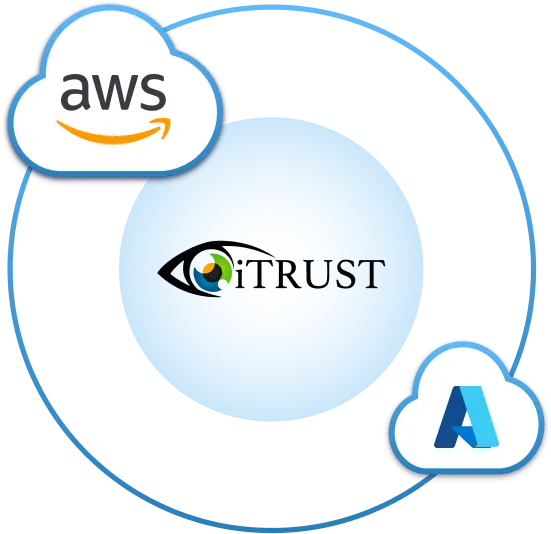
Boost Your Business With Our Add-ons
We provide even more efficiency to fortified trust within your clients.
2 Way Text Messaging
Streamlines patient communication and convenience for both healthcare providers and patients.
iTRUST Voice
Get ahead with real time patient information on clearer phone calls providing advanced features.
iTRUST EDI Clearinghouse
Make your billing and claim process easy with one click claim submission to any insurance payer.
Communicate to your clients with global reach and a secure environment with our unique integration.
Websites
Professional, HIPAA - secure website with online booking, easy setup, use proven templates or transfer existing.
Digital Marketing
Achieve a hands-off marketing experience with our team managing social accounts, local SEO, and driving more leads.
Simple Transparent Pricing
Choose the right plan for your business
learn moreNo hidden fees or no contracts makes for the most transparent pricing on the market.
- Implementation, training, setup and customer service all included.
- Shown price includes one doctor license, charges may apply for additional doctor licenses.
- Boost revenue and simplify with our risk-free trial.
Popular
$299
per month per location
- Optometry/OMD/MD Specific EHR
- Optical Practice Management System.
- 2-Way Patient Texting*
- Automated Appointment Reminders
- Patient Scheduling
- Customizable Templates
- Inventory Management
- Point of Sale (POS) Integration
- Cloud-Based Access
- Telehealth Capabilities
- Comprehensive Reporting
- Billing and Invoicing
- Insurance and Claims Management
- EDI Clearinghouse Integration*
- Al-Powered Scripting
- ITRUST Pay for Payment Processing*
- VOIP (Voice Over IP) Communication*
- Vision Insurance Eligibility Verification*
- Electronic Prescriptions (eRx)
- WhatsApp Integration*
- Patient Portal for Online Access
- HIPAA-Compliant Data Security
- Lab Orders and Tracking
- Multi-Location Support
- Role-Based Access Controls
- Customizable Patient Forms
- Integrated Document Management
- Websites, Marketing and Reputation Management*
- Marketing Blast for Promotions and Campaigns*
- *Additional fees may apply

LETS TALK





